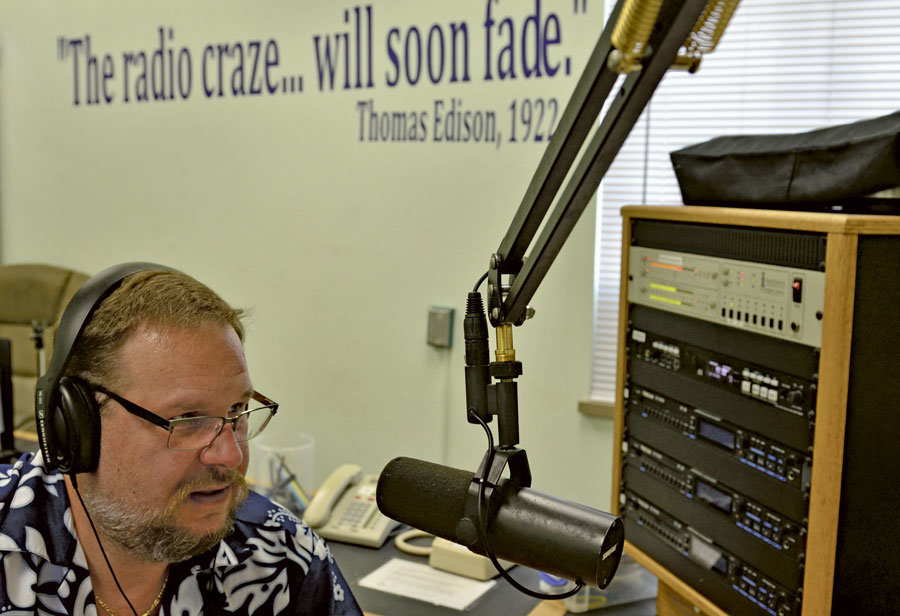I volunteered there from about 1990 to 1998. We did the best with what we had but that is a real turkey of a license with the transmitter location largely determined by the contour maps of KGRG and KUPS. The K207AZ translator at 89.3, first in downtown Gig Harbor and later moved to Fox Island, has been pissing people off for decades, wiping out fringe listenership of KAOS in the area. And their other translator has been on three different frequencies which can't help listenership.
When I was on I would occasionally get calls from West Seattle (!), Lakewood and the north end of Olympia but our signal wasn't all that listenable with our low power, low tower height and poor (at the time) audio processing. When the students were on it was a real amateur hour and not terribly listenable to the general public. Measures were taken later to rein in the daytime playlist and to try to make it a "local station you can have on in your shop or workplace" and that helped somewhat. The coverage of local football games was a plus, but generally this has not been a very popular station since it has signed on, struggling in large measure to find it's identity.
I'd be surprised if even EMF would be interested in this one. If you look at the main coverage map that I have included you can see that it mostly broadcasts to coniferous foilage. In addition, the main transmitter might still be the one in use at sign on and I think it was old then, and I'm sure the K207AZ transmitter is still the original one. Lousy coverage, ancient equipment, unless it's at a giveaway price...
Given the way it obliterates or interferes with other stations that people actually do want to listen to (KGRG, KUPS, KAOS) perhaps the best thing to do would be to turn in the KGHP and K207AZ licenses and see if the K289BZ translator on 105.7 (with really good coverage of Gig Harbor proper) could be converted to an LPFM and turned over to a Gig Harbor based LPFM non-profit if there is any interest.
Did I enjoy my time on the air at KGHP? Yes, but the uphill battle that it faced everyday was never out of mind.



